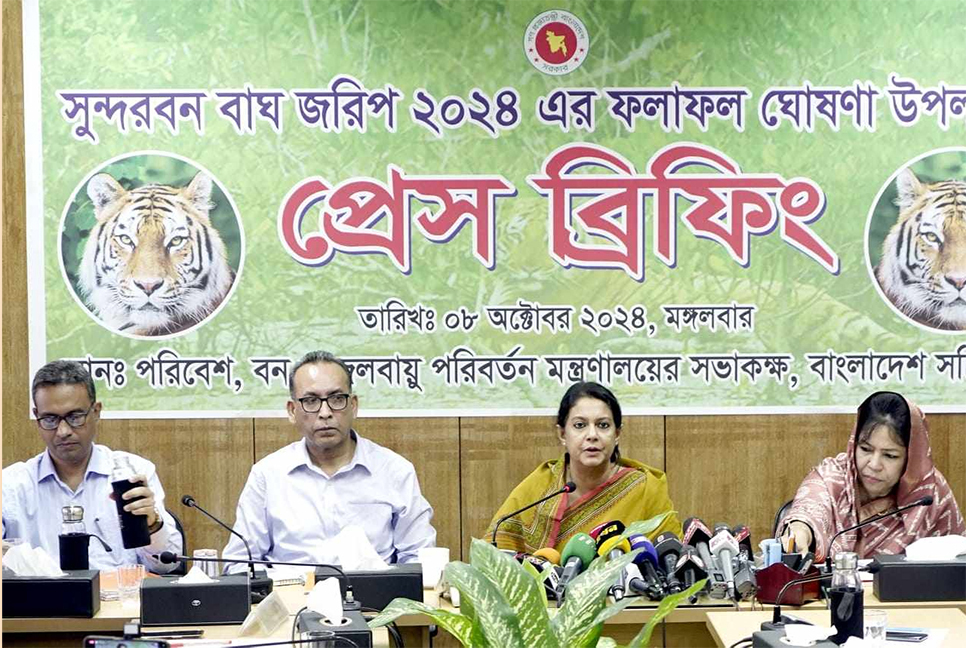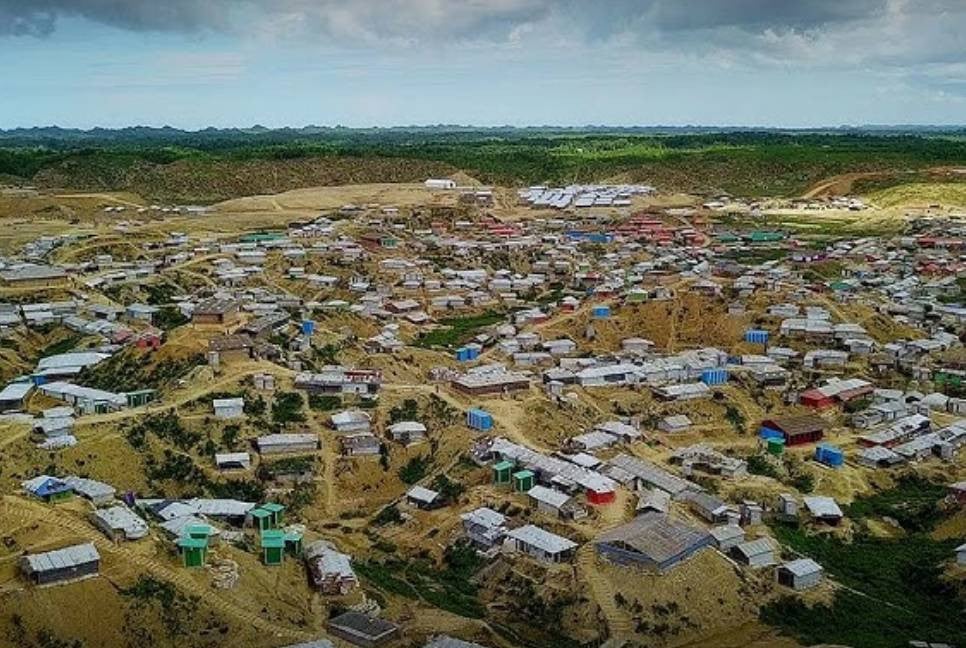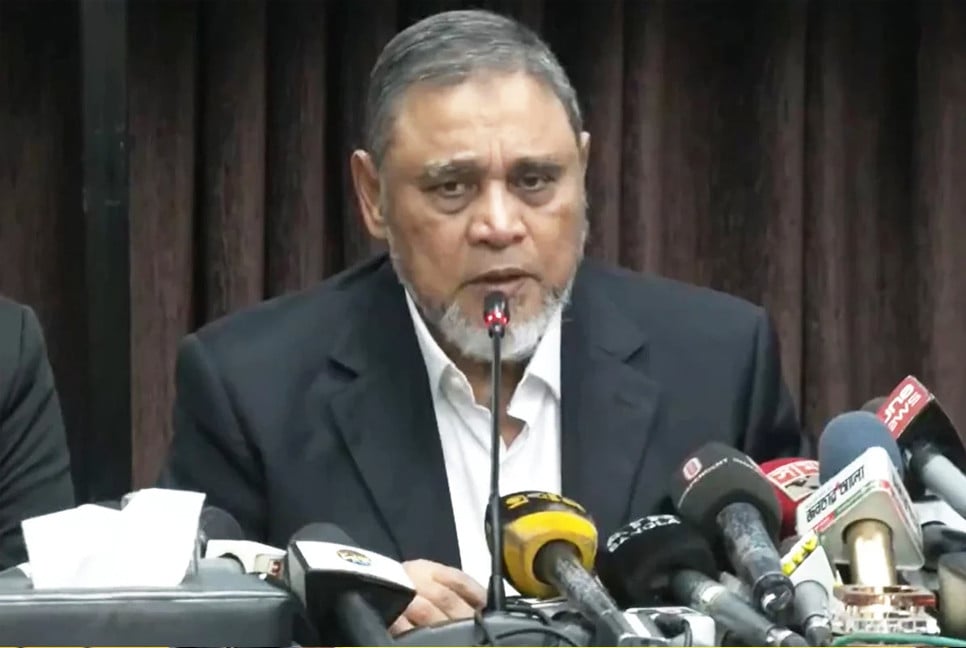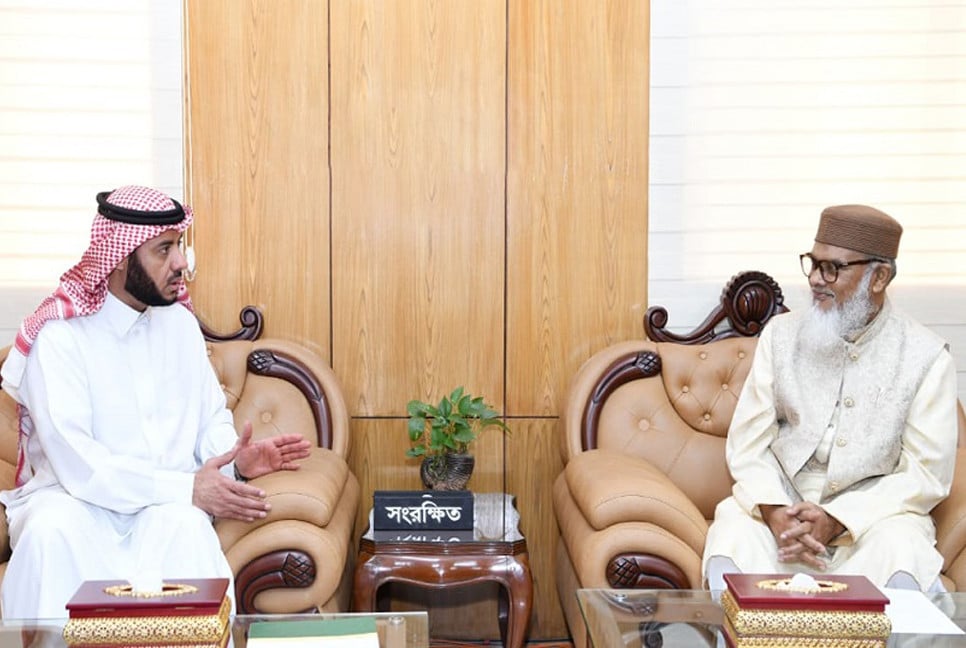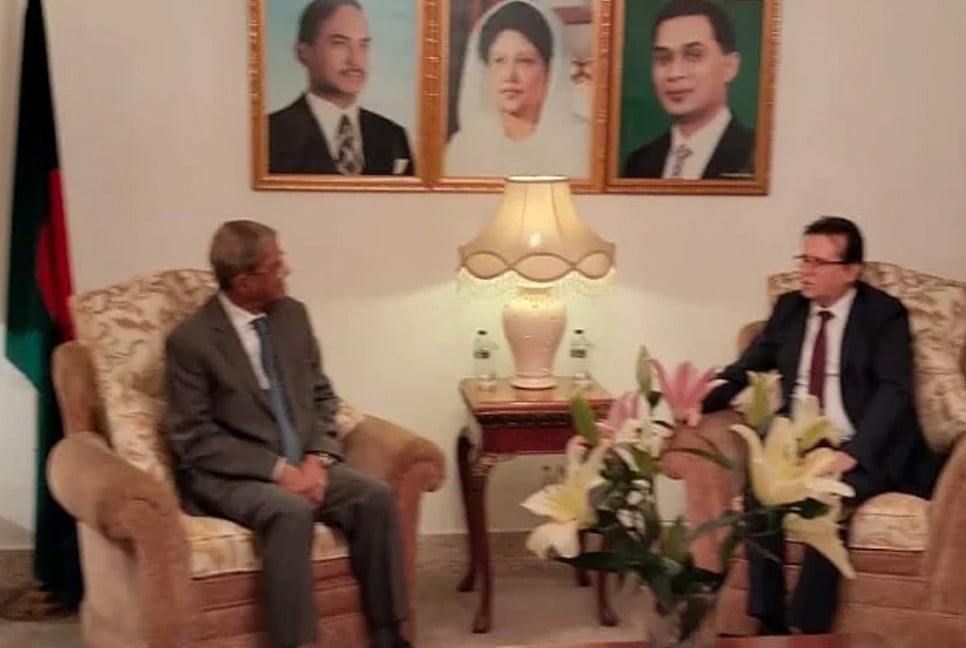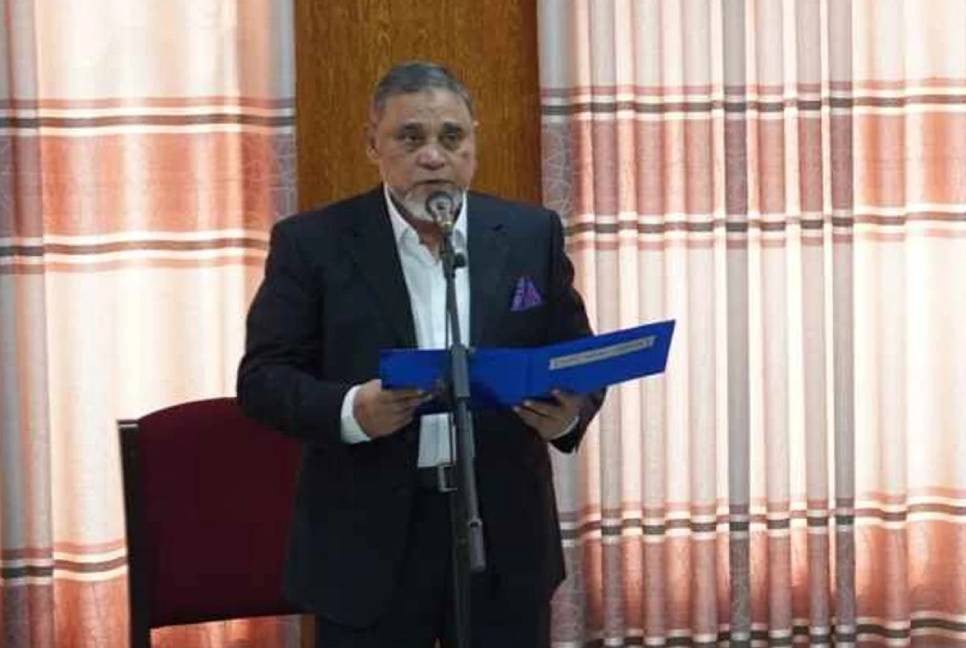A survey conducted in 2023-24 has found 125 tigers in the Sundarbans, marking an increase of 11 tigers from the previous count in 2018.
Advisor to the Ministry of Environment, Forest, and Climate Change, Syeda Rizwana Hasan revealed the information in a press briefing on Monday.
The tiger density is now 2.64 per 100 square kilometers. This represents a growth of 9.65% compared to 2018, and a 17.92% rise since 2015.
In 2015, the Sundarbans had 106 tigers with a density of 2.17. By 2018, the number had risen to 114 with a density of 2.55, showing an increase of 8%. In the latest survey, 21 tiger cubs were photographed, though they were not included in the official count due to high mortality rates at a young age. In previous surveys, only five cubs were captured on camera.
The adviser explained that the tiger numbers were determined by analyzing images and data from the survey, which included input from experts from India, New Zealand, and the United States. The survey, which began in January 2023 and concluded in March 2024, involved placing 1,210 cameras in 605 grids across the Sundarbans for 318 days. Tigers were spotted in 368 of these grids, and over 7,297 tiger images were collected from a total of over one million photos and videos—an unprecedented number of tiger photos.
Rizwana Hasan emphasized that the increase in tiger numbers is great news for the country. She highlighted the government’s efforts in tiger conservation, which include declaring 53.52% of the forest as protected areas, erecting 60 kilometers of nylon fencing, building 12 shelters, providing compensation and rewards, and forming 49 Village Tiger Response Teams. She called for continued public cooperation alongside government initiatives.
The press briefing was attended by Dr. Farhina Ahmed, Secretary of the Ministry; Additional Secretary Iqbal Abdullah Harun; Chief Conservator of Forests Md. Amir Hossain Chowdhury; Professor M.A. Aziz of Jahangirnagar University; Khulna Regional Forest Conservator Mihir Kumar Dho; and Project Director Dr. Abu Naser Mohsin Hossain.
During the briefing, a video on the tiger survey was shown, and the survey report was officially released with a comprehensive PowerPoint presentation on the process. Following the briefing, Rizwana Hasan held discussions with the Bangladesh Climate Change Journalists Forum, where they addressed issues related to climate change, air pollution, and noise pollution control.
Bd pratidin English/Lutful Hoque

